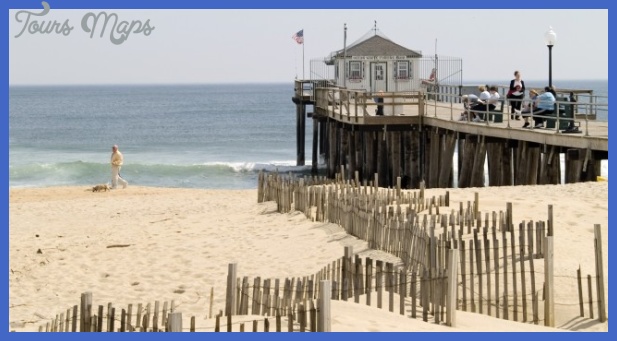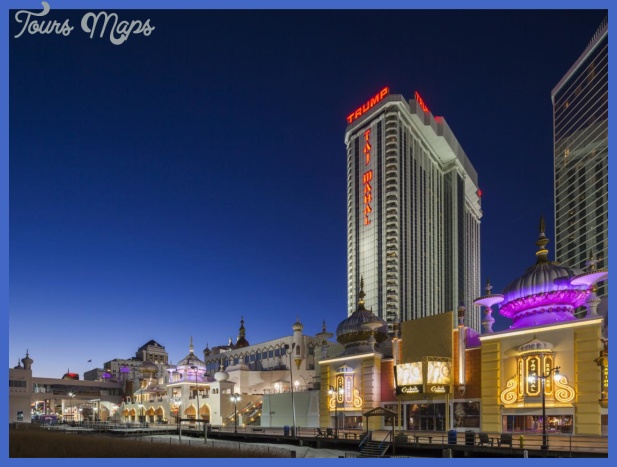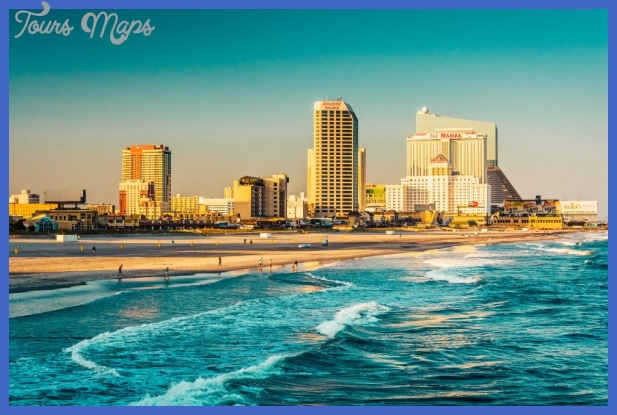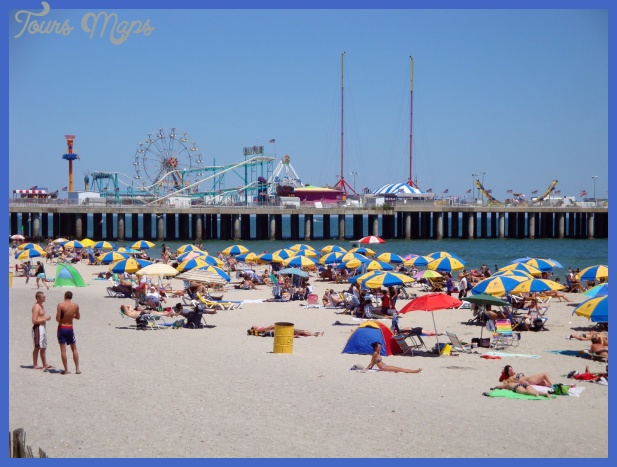New Jersey cultural contributions
An important part of culture is religious faith and practices. A large portion of the Latinos who have come to New Jersey are Roman Catholic, the predominant faith in their countries of origin. The influx of Latinos into New Jersey has had a major impact on the Catholics in the state. By the mid-1980s, it was estimated that some 25 percent of the Catholics in the Archdiocese of Newark (Essex, Hudson, Bergen, and Union counties) were Latinos. Most of the migrants from Haiti and Brazil also are Catholic.
The approach of the Catholic dioceses in New Jersey has been to integrate new migrants in general into existing parishes, offer social services at parishes where the numbers from any one ethnic or linguistic group are particularly high, and provide social work assistance to the poor. Latinos have received particular attention. A research study by the Archdiocese of Newark found that there were Latinos residing in all of its 242 parishes. The percentage ranged from 1 to 5 percent in 100 of these parishes, to 31 to 50 percent in 12, and over 50 percent in 8. In most of the latter parishes, located in Hudson County, masses in Spanish and social and cultural activities that draw Latinos together for mutual help and support were held, and the spiritual and service needs of the Latinos received major attention. Moreover, Latino organizations have developed in several parishes. In all, 63 parishes have at least one Spanish mass on Sundays. A small number of parishes have a priest from Cuba or from other Latin American countries.
The Newark Archdiocese instituted a Spanish Office of Hispanic Concerns and a Hispanic ministry, headed by an auxiliary bishop, that has promoted Spanish-language fluency among an increasing number of priests; has encouraged the
growth in the number of Spanish masses; and has instituted programs of evangelization and outreach, social justice, jobs, housing and equal rights, education, and youth and leadership formation. Counseling, day care, food programs, and care for the elderly have been offered in 15 percent of the parishes by Spanish-speaking personnel. The Archdiocesan Catholic Community Services provides employment, training, mental health, migration assistance, and other social services that were used by some 10,000 Latinos in 1983. Other New Jersey dioceses have established an Office of Migration in more than half of the counties in the state.
However, special services for Latinos in parishes where their numbers are low have been very limited. Following a trend in Latin American countries, the percentage of Latinos in New Jersey who attend mass on Sundays is low, overall ranging from 10 to 20 percent. And although there have been an increasing number of Latino students attending Catholic schools, the large majority attend public schools.
Meanwhile, Protestant churches have been making headway in attracting a portion of the many Latino migrants in New Jersey. Some are part of the rising number of Protestants in Latin America, while others have been attracted to Protestant denominations after arriving in New Jersey. A Reformed Latinos congregation has been established in Hackensack, and a Presbyterian one in Englewood. Additionally, there have been a growing number of Latino Pentecostal congregations in Paterson and most of the cities in the state, but also in such suburban towns as Fair Lawn and Dumont. A 1980s survey found that among the many Latinos in Hudson County some 10 percent of those polled who said they belonged to a church reported that they were Protestant or Evangelical, and another 10 percent that they were Pentecostal. The Pentecostal congregations in New Jersey are growing faster than are those of the mainstream Protestant denominations. The draw of the Pentecostal churches for Latinos and others has been their small size, close personal attention and relationships, spiritual fervor, use of a familiar language, and mutual assistance among the members.
In the post-World War II decades, migrants from throughout the Caribbean and from Brazil have brought the practice of animism and other African religious traditions to New Jersey. Variations in name relate both to differences in beliefs, practices, African origins, and to the diaspora countries and islands in which such beliefs and practices have evolved. Santeria is practiced by some Cubans and has its origins in the Yoruba people. A cult within Santeria is called Sango. Some Brazilians practice a religion called Candomble. Palo Monte is also similar to Santeria, but it came with the Bakongo people of Africa. Spiritism is strong among some Puerto Ricans, and Voodoo (or Voudon), which has roots in the Dahomey people of Africa, is practiced by numerous Haitians.
The practices of these religions are designed to gain favor, protection, health, safety, good fortune, love, fertility, prosperity, and happiness from multiple deities and from ancestors. To achieve these goals the faithful themselves or through intermediaries offer prayers and material goods to the deities. Most have altars at home, where they pray and offer food, flowers, and other goods. There are also ritual gatherings in which priests offer up the gifts of the believers, and there are ceremonies for the initiation of new members and for members who are moving into various stages of the priesthood. There is much music (especially drumming), dancing, and the sacrifice of chickens or goats on special occasions. In many Afro-Caribbean religions such as Santeria and Voodoo there has developed a syncretic relation between African deities and Catholic saints. Much of the materials needed for these African-derived rituals can be purchased in the numerous botanicas in New Jersey.
notes
1. The U.S. census records from 1850 to 2005 supplied much of the statistics on Latinos in New Jersey.
2. These quotes and others throughout the chapter are from interviews with faculty members and students at Ramapo College of New Jersey. The completed interview sheets are in the archives of the Rutgers University New Jersey Special Collections in the Alexander Library, New Brunswick, NJ.
3. Latino-owned businesses in New Jersey numbered 36,100 in 1997.
New Jersey Travel Destinations Photo Gallery
Maybe You Like Them Too
- The Best Cities To Visit in The World
- World’s 10 Best Places To Visit
- Coolest Countries in the World to Visit
- Travel to Santorini, Greece
- Map of Barbados – Holiday in Barbados












